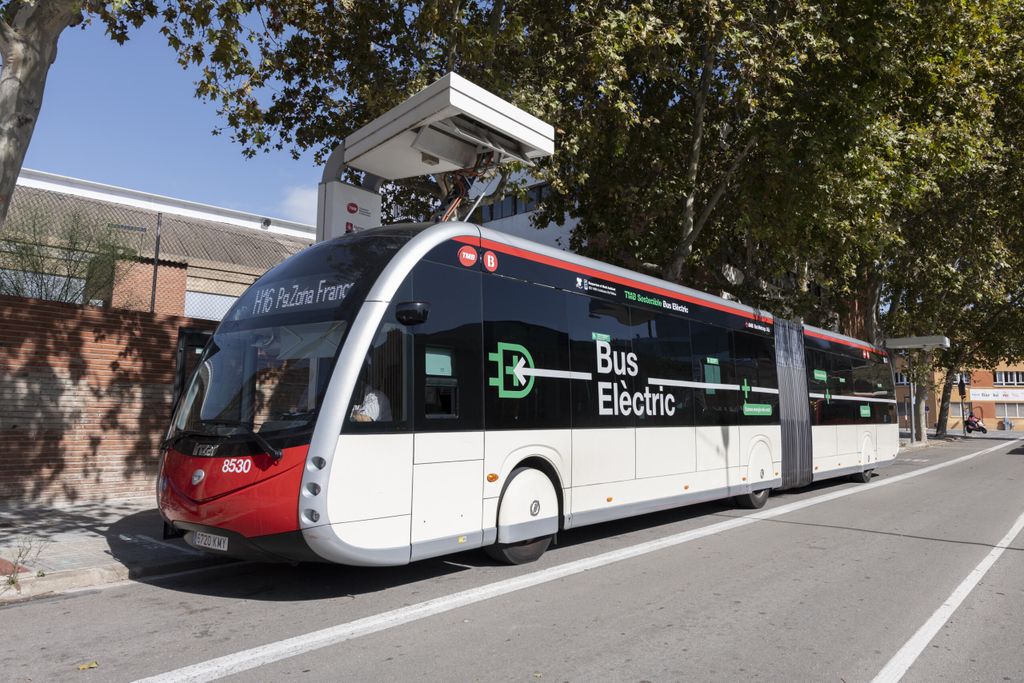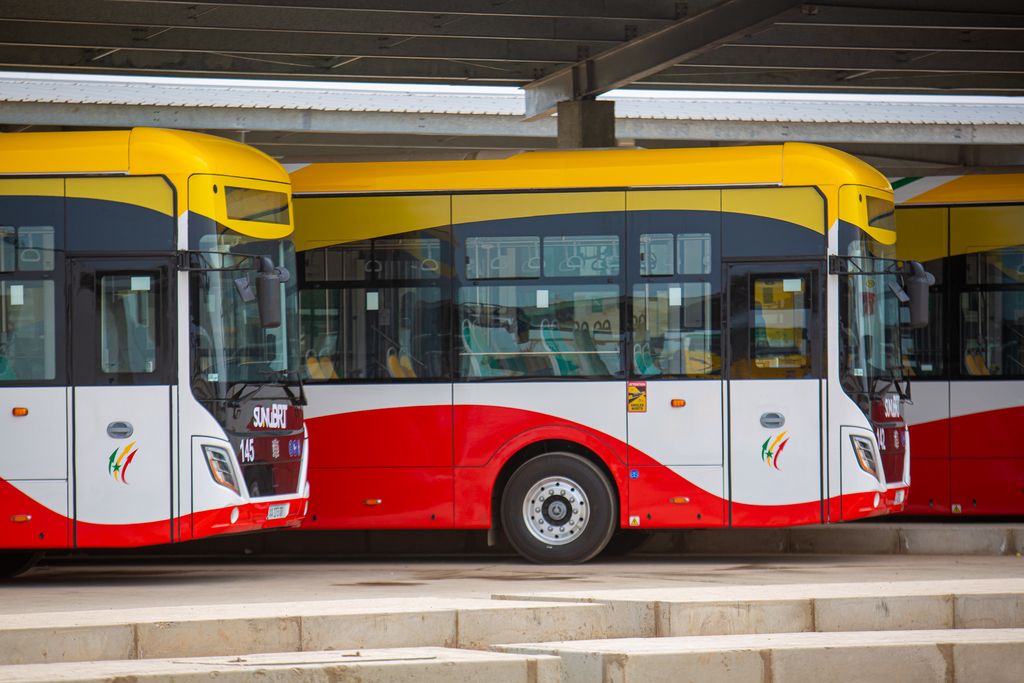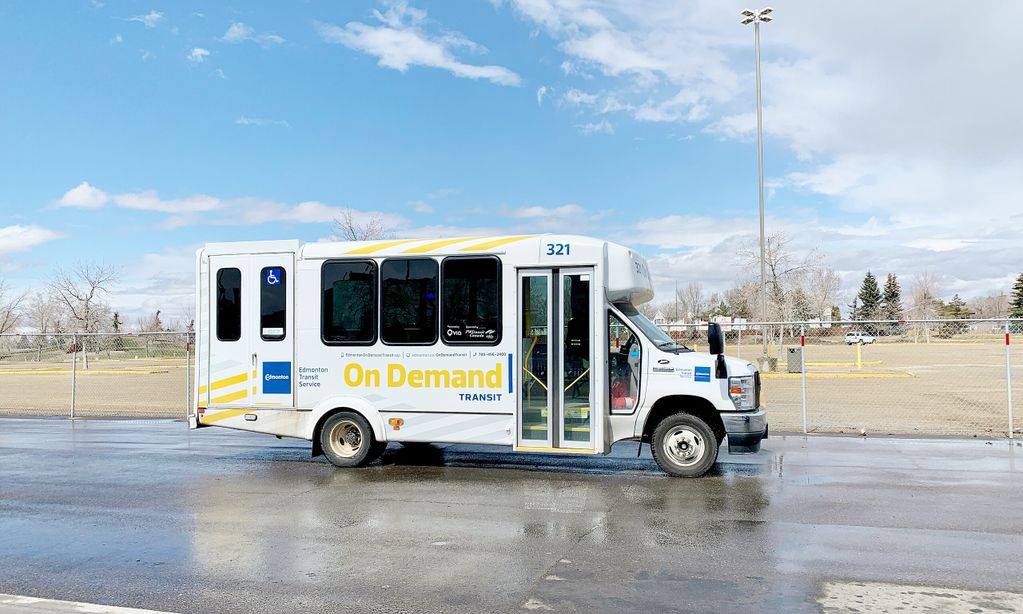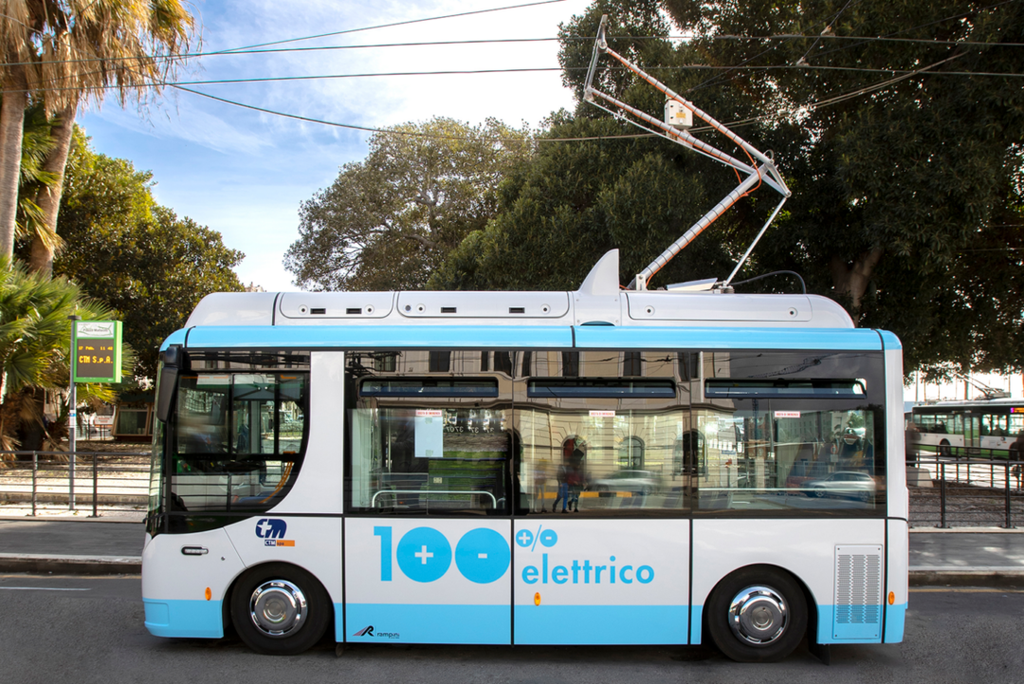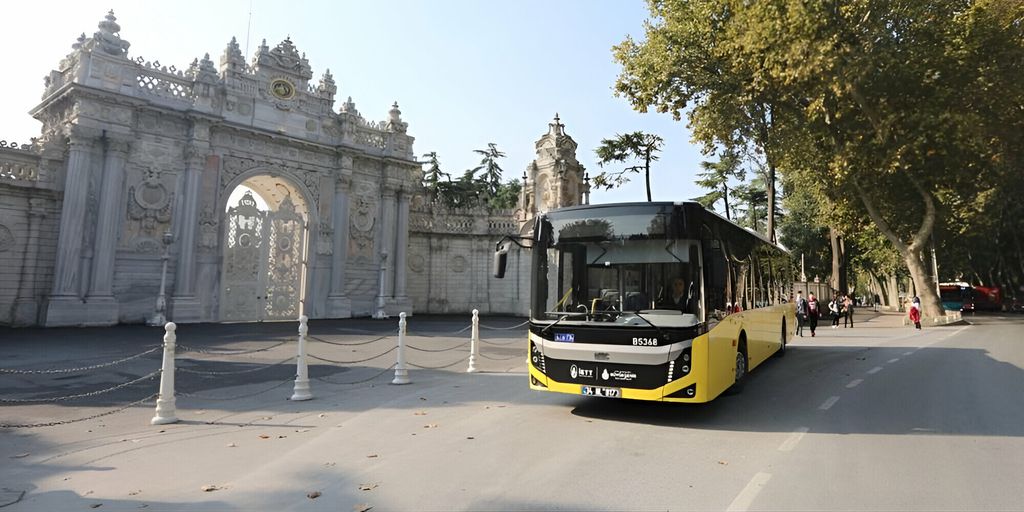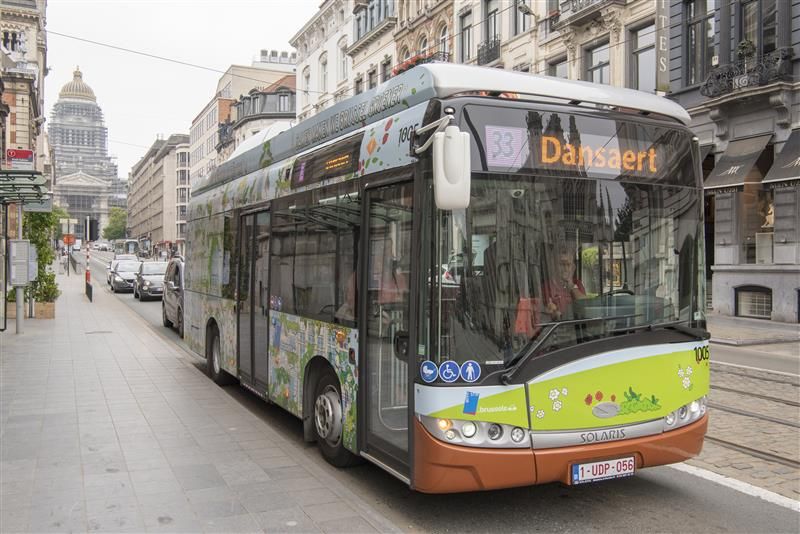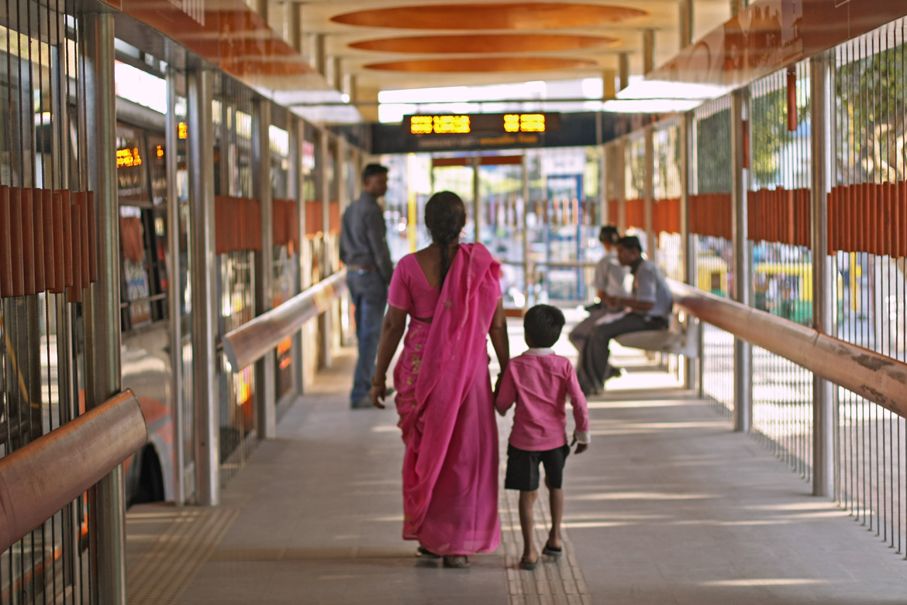
Boosting accessibility and employment: Investing in India’s public transport sector
Public transport is an essential part of Indian cities
Public transport in India provides affordable access to mobility for two-thirds of households which don’t own a personal car or a two-wheeler. Due to the COVID-19 pandemic, the lockdowns, and limited economic activity beyond the lockdowns, India’s GDP has fallen sharply by 23.9% in the first quarter of financial year 2020-21.
The public transport sector needs financial assistance from national, state and city-level governments to address the losses incurred due to COVID-19, so that they can continue providing the services needed by millions of users. Cities around the world are implementing various measures such as financial aid and contractual rearrangements to support public transport systems in their financial recovery. However, the financial support to Indian public transport systems has been limited so far.
A comparative evaluation
UITP has now published a Policy Brief, Boosting accessibility and employment: Investing in India’s public transport sector. We evaluate the impact of alternative transport sector investments being made by governments in India, pitfalls in the current transport discourse and support the case for increased investments in public transport.
Given the resource-constrained environment in which central and state governments are operating currently, it is important to prioritise investments to the sectors with the maximum impact. To support such prioritisation in the transport sector, we present a comparative evaluation from government investments.
As a result of our research, and quite heavily hinted in the title of our Policy Brief, the bus sector provides more employment opportunities and better access to mobility than the auto industry. By our calculations, buses provide access to mobility to 3.8 times more people compared to investments in roads and 26.5 times more people compared to investments in the auto industry.
Given the resource-constrained environment in which central and state governments are operating currently, it is important to prioritise investments to the sectors with the maximum impact.
Investing in the sector
With this clear evidence, governments need to improve public transport services and build confidence among users, provide financial support to operators, and realign investments in road infrastructure to generate immediate support for public transport agencies. In the long-term, governments need to prioritise investments in the public transport sector given its advantages in providing accessibility, employment, and other societal benefits such as affordability, space, energy and emissions efficiency.
Read the official press release
Read our recent Statistics Brief on the impact of COVID-19 on Indian bus operations
Interested to learn more about adapting bus planning and scheduling to the ‘new normal’? We have an upcoming training just for you!

